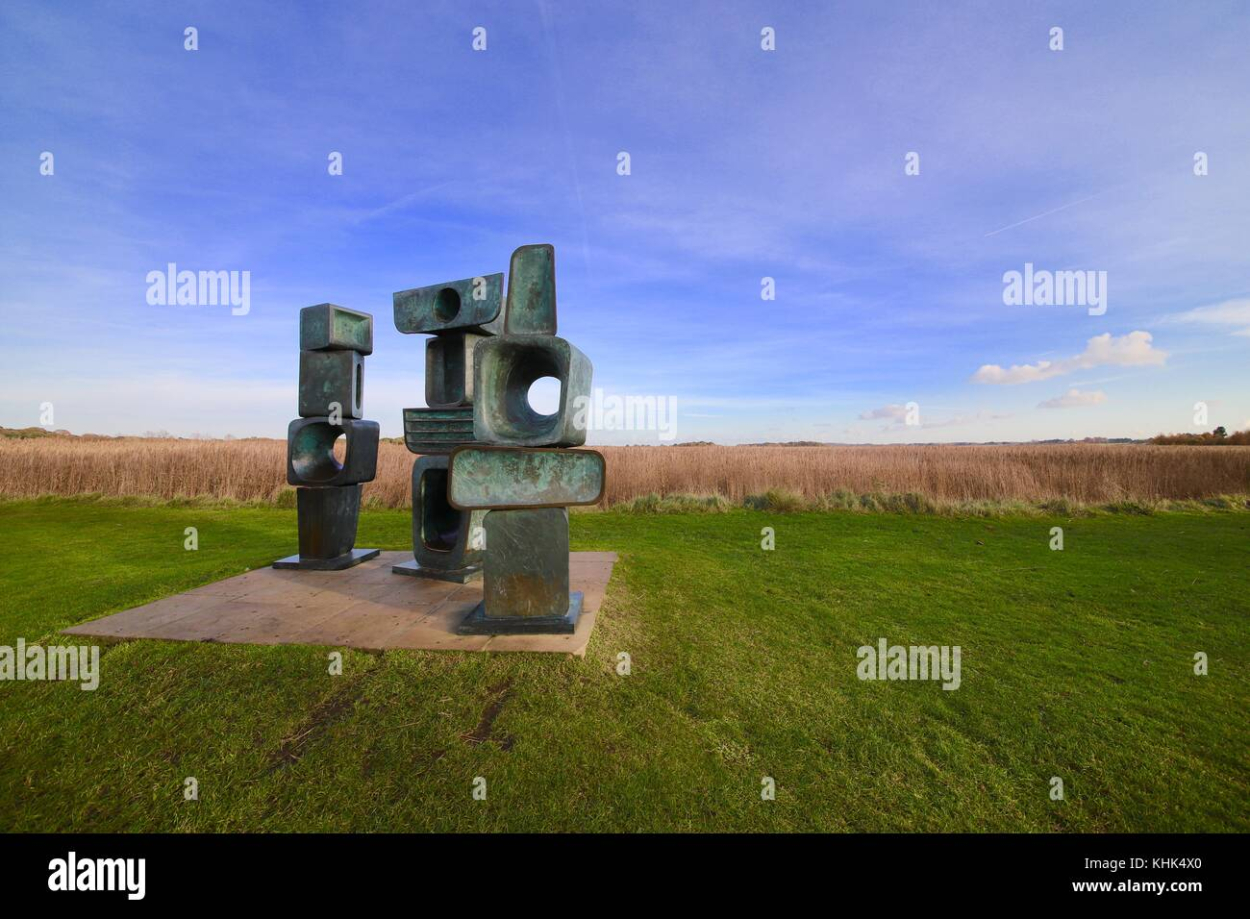
Specialisations in sculpture design can vary depending on personal interests, artistic styles, and materials used. Here are ten common specialisations in sculpture design:
Figurative Sculpture: This specialisation focuses on creating sculptures that depict the human form, animals, or other recognizable figures. It involves studying anatomy, proportions, and capturing the essence of the subject.
Abstract Sculpture: Abstract sculpture emphasises non-representational forms and often explores concepts of shape, line, texture, and space. Artists in this specialisation use a range of materials and techniques to create innovative and thought-provoking pieces.
Environmental Sculpture: Also known as land art or earth art, environmental sculpture involves working with natural or man-made landscapes. Artists may create sculptures that interact with the environment, utilising elements such as rocks, plants, or even construction materials.
Ceramic Sculpture: This specialisation focuses on sculpting with clay and firing it in a kiln to create durable ceramic pieces. Artists can explore various techniques like hand-building, wheel throwing, or slip casting to create sculptures ranging from functional to purely aesthetic.
Metal Sculpture: Metal sculpture involves working with metals such as steel, bronze, or aluminium. Artists in this specialisation use welding, forging, and other metalworking techniques to create intricate and large-scale sculptures with different textures and finishes.
Wood Sculpture: Wood sculpture is the art of carving, shaping, or assembling wood to create sculptures. Artists use traditional carving tools or modern power tools to transform blocks of wood into expressive and detailed works of art.
Glass Sculpture: Glass sculpture involves working with molten glass and shaping it into various forms using techniques like glassblowing, casting, or fusing. Artists can create delicate and transparent sculptures, exploring light, colour, and transparency in their designs.
Stone Sculpture: Stone sculpture involves carving and sculpting solid blocks of stone like marble, granite, or limestone. It requires technical skill and knowledge of stone properties to shape and refine the material into expressive forms.
Found Object Sculpture: Found object sculpture involves using preexisting, non-artistic objects to create sculptures. Artists repurpose everyday items like tools, machinery parts, or discarded materials, combining and transforming them into new and unexpected forms.
Installation Art: Installation art involves creating immersive and site-specific sculptural environments. Artists use various materials, including found objects, light, sound, and technology, to engage the audience and explore spatial relationships within a specific location.
These specialisations are not mutually exclusive, and many artists may incorporate elements from multiple disciplines into their work. The choice of specialisation depends on an artist's interests, skills, and the desired message or aesthetic they want to convey through their sculptures.